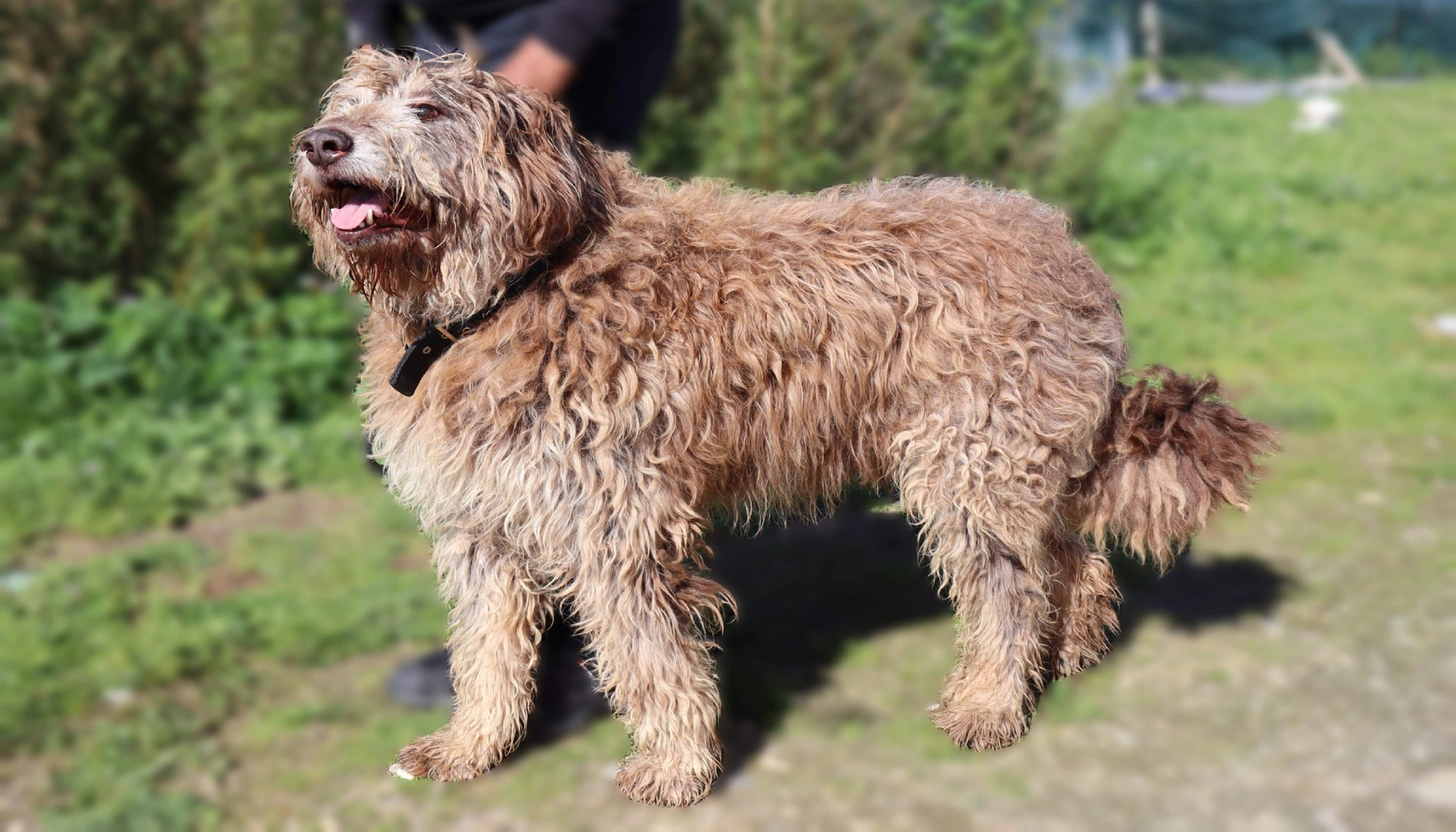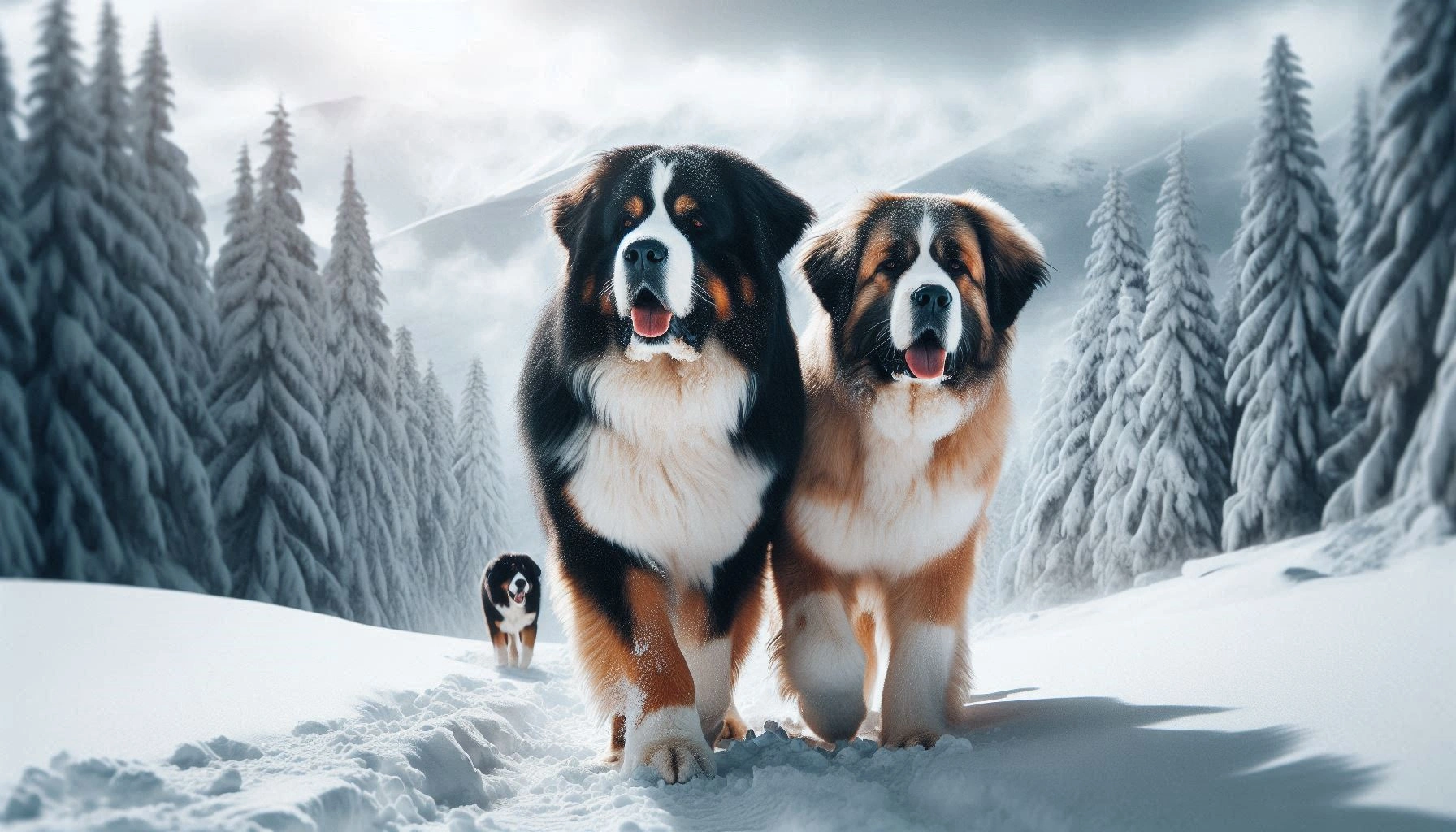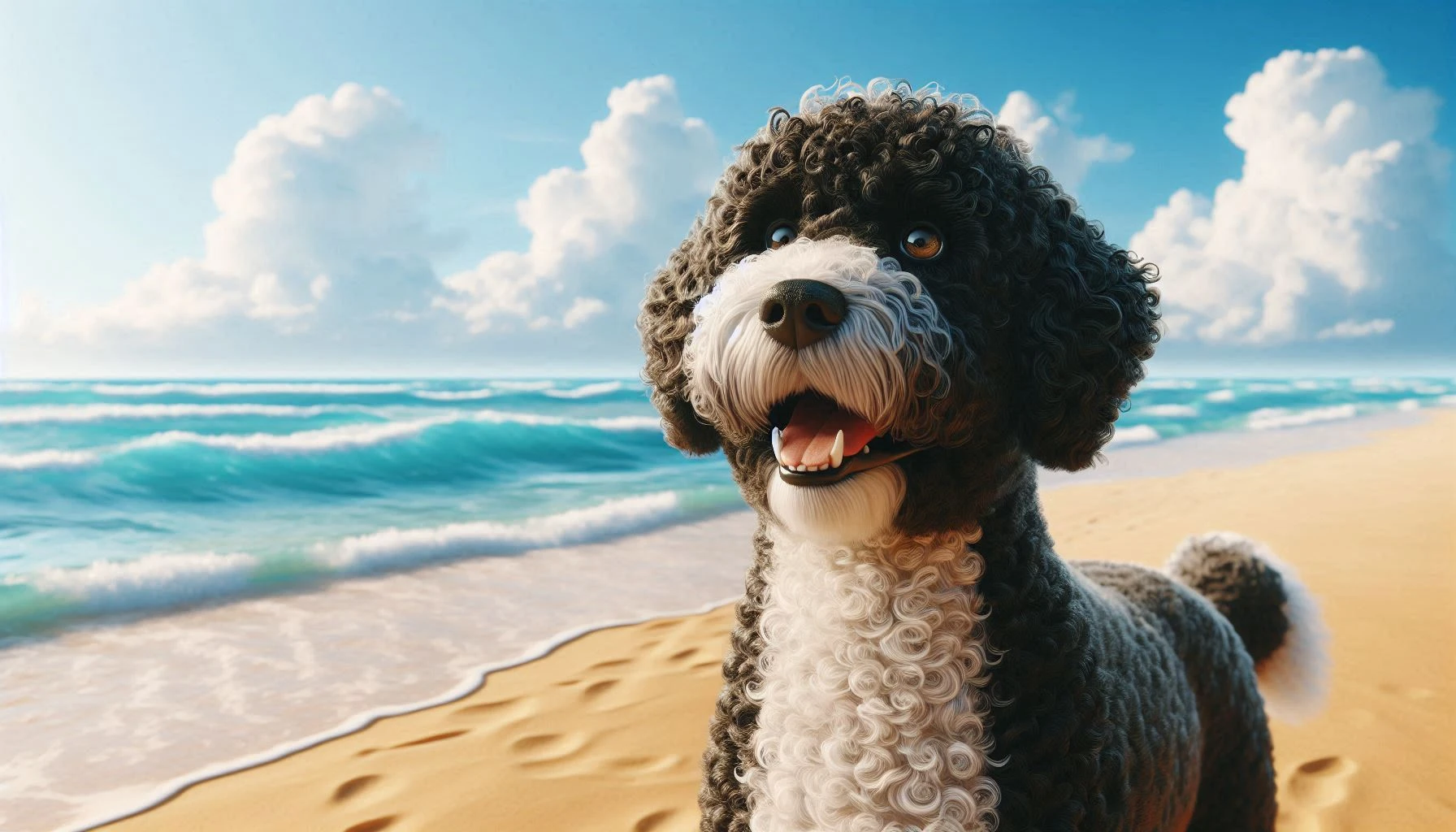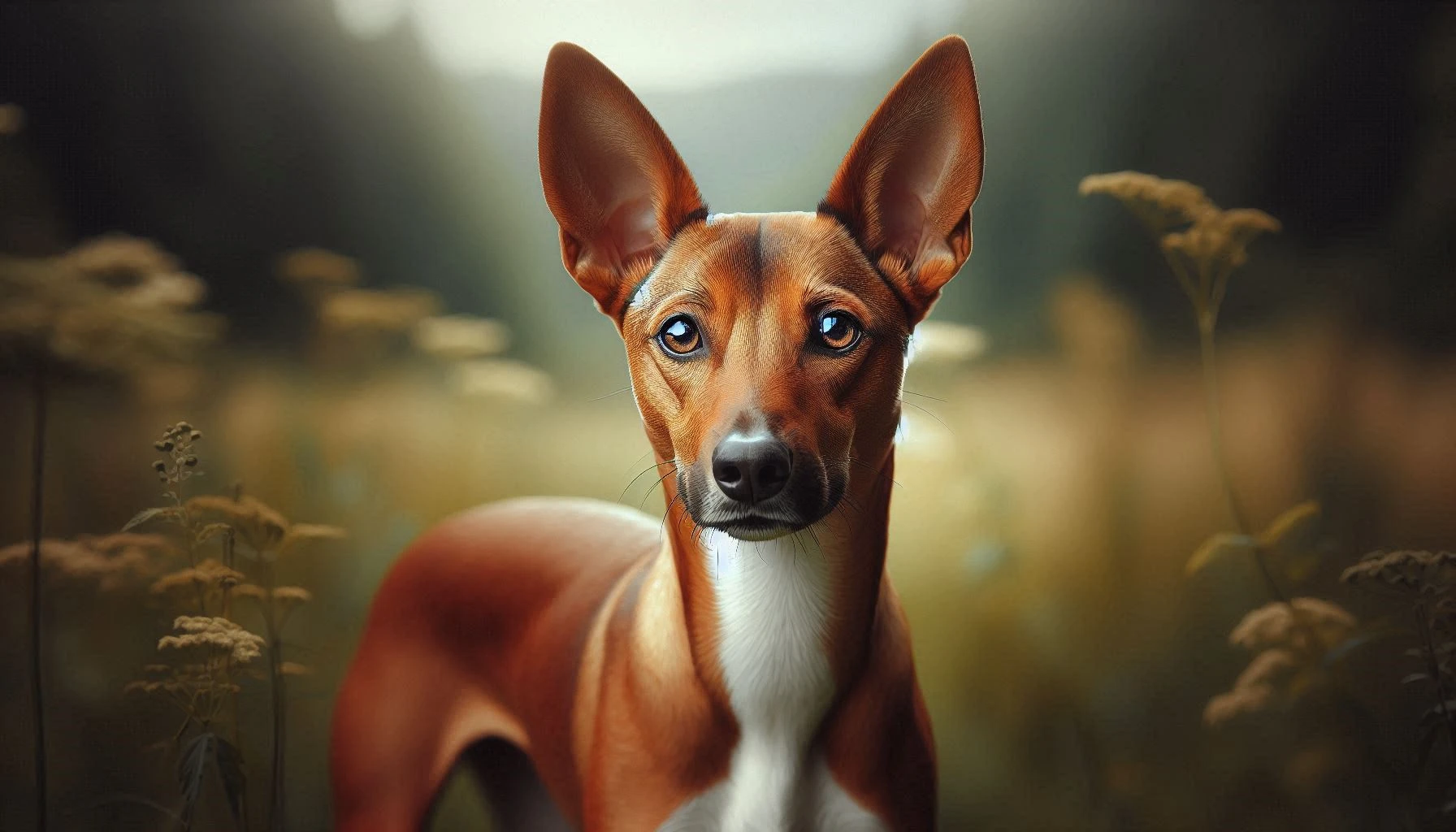Table of Contents
Cão Fila de São Miguel Dog Breed
The Cão Fila de São Miguel, also known as the São Miguel Cattle Dog, is a remarkable and versatile breed that hails from the Azores, Portugal. Known for its loyalty, intelligence, and protective nature, this breed has gained popularity among dog enthusiasts and farmers alike. Whether you’re looking for a working dog or a devoted companion, the Cão Fila de São Miguel stands out with its unique characteristics and adaptability.
History and Origin

The history of the Cão Fila de São Miguel traces back to the São Miguel Island in the Azores archipelago. This breed was developed in the 19th century primarily for herding and guarding cattle. The isolation of the Azores allowed the breed to develop with minimal outside influence, preserving its distinctive traits.
Historical records suggest that the breed is a descendant of mastiff-type dogs brought to the islands by early settlers. Over time, these dogs were selectively bred to enhance their herding and guarding abilities, resulting in the resilient and hardworking Cão Fila de São Miguel we know today. Despite its long history, the breed remains relatively unknown outside of Portugal, making it a hidden gem for dog lovers.
Physical Characteristics
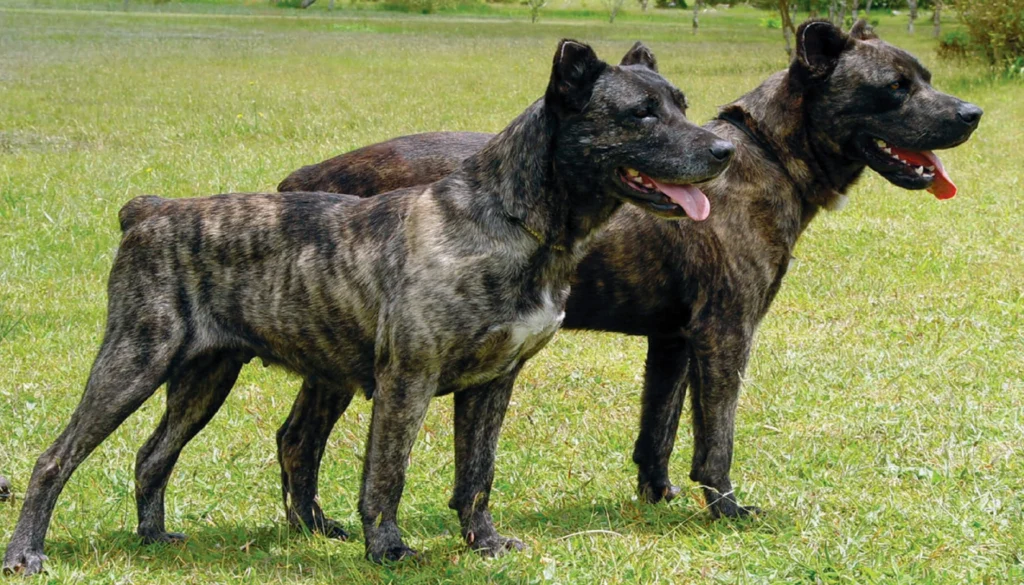
The Cão Fila de São Miguel is a medium to large-sized dog, exhibiting a robust and muscular build. Here are some of its key physical characteristics:
- Size: Males typically stand between 20-24 inches tall at the shoulder, while females are slightly smaller, ranging from 19-22 inches.
- Weight: Males weigh between 55-80 pounds, and females weigh slightly less.
- Coat Type: The breed has a short, dense coat that is weather-resistant, making it well-suited for various climates.
- Colors: Common coat colors include brindle (ranging from light to dark), fawn, and black. Some dogs may have white markings on the chest and feet.
- Distinctive Features: The Cão Fila de São Miguel has a broad head, strong jaws, and expressive dark eyes. Its ears are typically cropped, though this practice is becoming less common.
Temperament and Personality
The Cão Fila de São Miguel is known for its loyal, protective, and intelligent nature. Here’s what to expect from this breed:
- Loyalty: This breed forms strong bonds with its family and is known for its unwavering loyalty.
- Protectiveness: Naturally protective, the Cão Fila de São Miguel is an excellent watchdog and guard dog.
- Intelligence: Highly intelligent and quick to learn, this breed excels in various tasks and training activities.
- Interaction with People: While they are affectionate and devoted to their family, they can be wary of strangers. Early socialization is crucial to ensure they are well-mannered around guests.
- Interaction with Children: The Cão Fila de São Miguel is generally good with children, especially if raised with them. However, their herding instincts may lead them to nip or herd kids, so supervision is recommended.
- Interaction with Other Animals: With proper socialization, they can get along with other pets, although their strong prey drive may pose challenges with smaller animals.
Health and Lifespan
The Cão Fila de São Miguel is a relatively healthy breed, but like all breeds, it can be prone to certain health issues. Common health concerns include:
- Hip Dysplasia: A common issue in larger breeds, hip dysplasia can cause discomfort and mobility issues.
- Elbow Dysplasia: Similar to hip dysplasia, this condition affects the elbow joints.
- Bloat: A potentially life-threatening condition where the stomach twists, causing severe pain and requiring immediate veterinary attention.
- Eye Conditions: Progressive retinal atrophy (PRA) and cataracts can affect this breed.
The average lifespan of a Cão Fila de São Miguel is between 12-14 years. Regular veterinary check-ups, a balanced diet, and adequate exercise are key to maintaining their health and longevity.
Care and Grooming
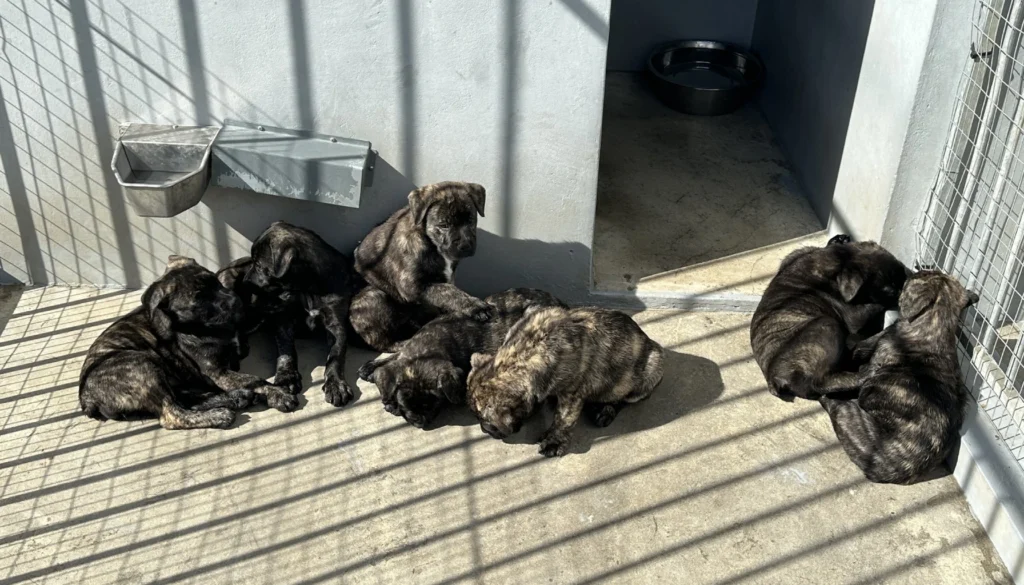
Caring for a Cão Fila de São Miguel involves meeting their physical, mental, and grooming needs:
- Grooming Needs: The breed’s short coat is relatively low-maintenance. Weekly brushing will help remove loose hairs and keep the coat healthy. Bathing is only necessary when the dog is particularly dirty.
- Exercise Requirements: This active breed requires regular exercise to stay healthy and happy. Daily walks, playtime, and mental stimulation are essential.
- Dietary Recommendations: A high-quality, balanced diet appropriate for the dog’s age, size, and activity level is crucial. Consult your veterinarian for specific dietary recommendations.
Training and Socialization
Training and socializing a Cão Fila de São Miguel requires patience, consistency, and positive reinforcement:
- Training Tips: Start training early, focusing on basic obedience and socialization. Use positive reinforcement techniques such as treats, praise, and play.
- Socialization: Expose your puppy to a variety of people, animals, and environments to help them become well-rounded adults.
- Challenges: This breed can be stubborn and independent, so early and consistent training is vital. Professional training classes can be beneficial for first-time owners.
Suitability as a Family Pet
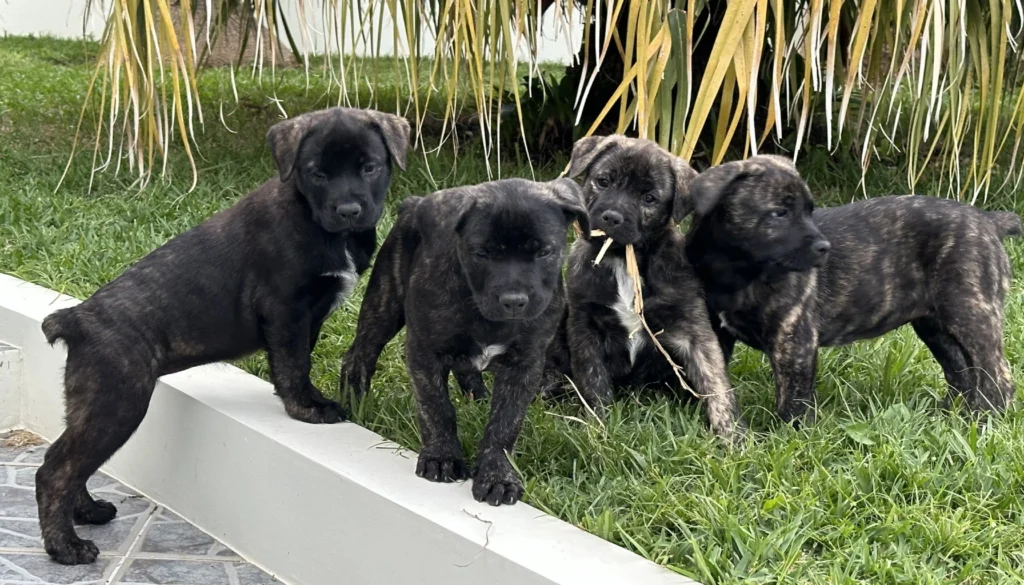
The Cão Fila de São Miguel can be a wonderful family pet under the right conditions:
- Living Environment: They are adaptable to both urban and rural settings, but they thrive in homes with spacious yards where they can roam and play.
- Energy Levels: This breed has high energy levels and requires ample physical and mental stimulation to prevent boredom and destructive behavior.
- Family Dynamics: They are best suited for families who are active and have experience with large, protective breeds.
Fun Facts and Trivia
Here are some fun facts about the Cão Fila de São Miguel:
- Rare Breed: Despite its long history, the Cão Fila de São Miguel is still relatively rare outside of Portugal.
- Versatile Worker: This breed excels in various roles, including herding, guarding, and even as a police or search and rescue dog.
- Strong Prey Drive: The breed’s strong prey drive makes it an excellent hunter of small game.
Similar Dog Breeds
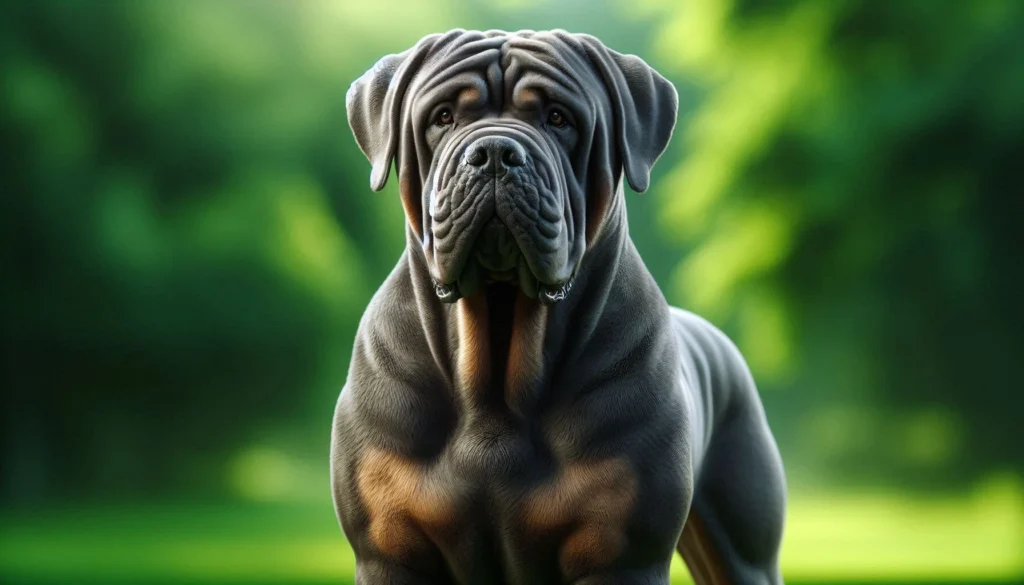


If you’re interested in the Cão Fila de São Miguel, you might also like these similar breeds:
- Cão de Castro Laboreiro: Another Portuguese breed, known for its guarding abilities and loyalty. It is larger and more robust, making it an excellent livestock guardian.
- Fila Brasileiro: This Brazilian breed is also known for its protective nature and loyalty. It is larger and more imposing but shares the same dedication to its family.
- Presa Canario: Originating from the Canary Islands, this breed is powerful and protective, similar to the Cão Fila de São Miguel in its working and guarding capabilities.
Conclusion
The Cão Fila de São Miguel is a loyal, intelligent, and protective breed that makes an excellent companion for the right family. With its rich history, distinctive physical traits, and versatile abilities, it stands out as a unique and valuable dog breed. If you’re considering adding a Cão Fila de São Miguel to your family, ensure you’re prepared to meet its exercise, training, and socialization needs.
For more information on this remarkable breed, consider reaching out to breeders, visiting dog shows, or joining breed-specific clubs and forums.
Frequently Asked Questions
Is the Cão Fila de São Miguel good with children?
Yes, the Cão Fila de São Miguel can be good with children, especially if raised with them. However, due to their herding instincts, they may try to herd or nip at children during play. Supervision and proper training are recommended to ensure positive interactions.
What kind of exercise does a Cão Fila de São Miguel need?
The Cão Fila de São Miguel requires regular and vigorous exercise to stay healthy and happy. This includes daily walks, playtime, and mental stimulation through training and interactive toys. They thrive in environments where they have space to roam and engage in physical activities.
